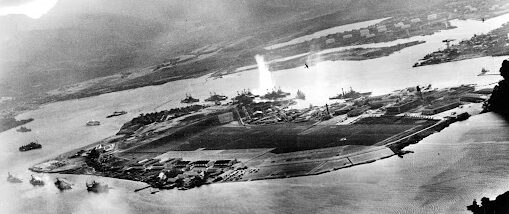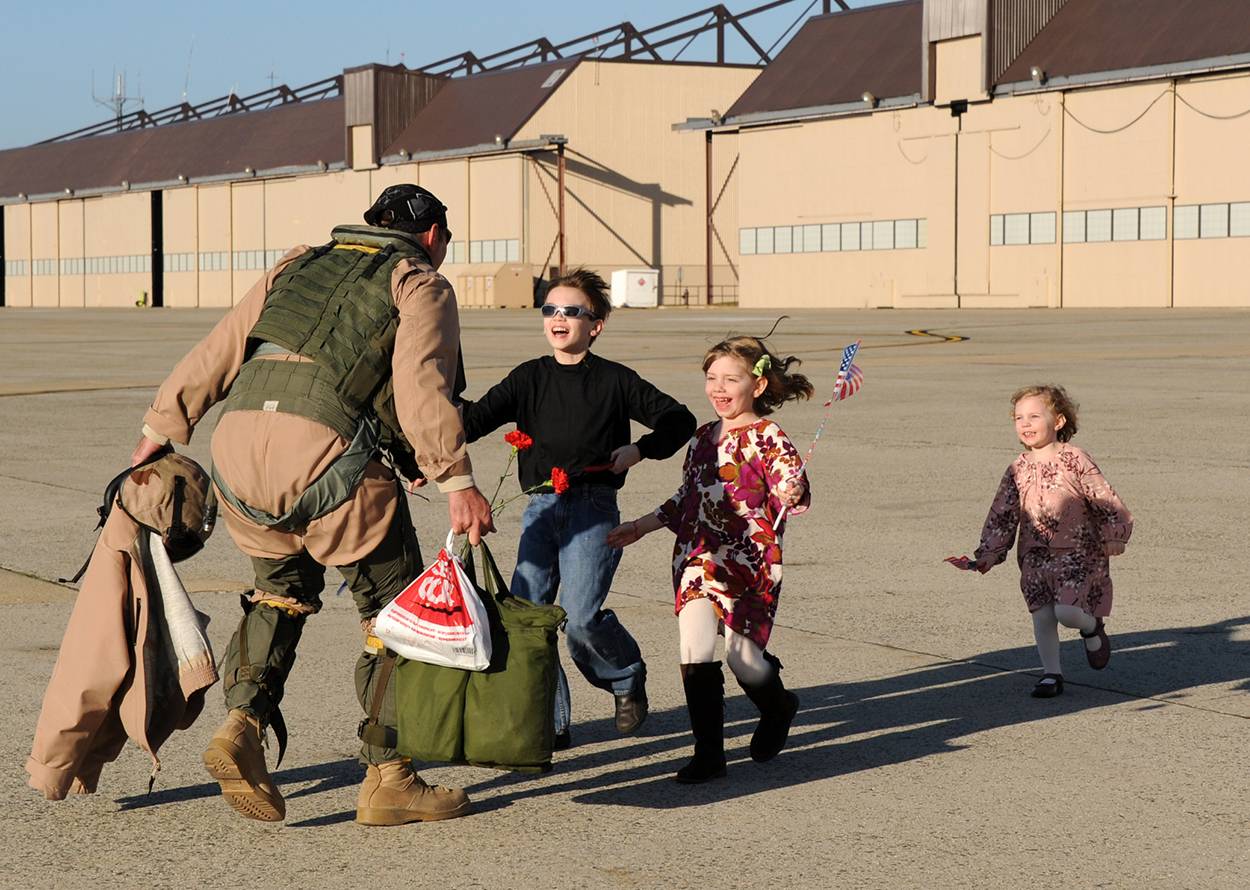What is National Pearl Harbor Remembrance Day?
National Pearl Harbor Remembrance Day is a memorial to honor the memory of the 2,403 service members and civilians who lost their lives during the surprise attack on Pearl Harbor by the Japanese in 1941. This day is a time for reflection and remembrance, acknowledging the bravery and sacrifice of those who were present during the attack. December 7th is when Pearl Harbor Remembrance Day is observed annually.
The significance of National Pearl Harbor Remembrance Day extends beyond remembering those lost. It serves as a moment to reflect on the profound impact of the Pearl Harbor attack on American history. The events of December 7th, 1941, directly led to the United States’ entry into World War II, reshaping the course of the war and America’s role on the global stage. This pivotal moment in history not only transformed the nation’s military strategy but also influenced international relations and shaped U.S. foreign policy for decades to come.
National Pearl Harbor Remembrance Day remains a vital part of American history, reminding us of the importance of resilience, unity, and the sacrifices made by military personnel in the face of adversity.
Historical Inception
The establishment of National Pearl Harbor Remembrance Day was a significant step in ensuring that the events and the sacrifices made that day were never forgotten. On August 23rd, 1994, the United States Congress, through Public Law 103-308, officially designated December 7 as National Pearl Harbor Remembrance Day. This law served as a formal recognition of the importance of remembering those who lost their lives during the surprise attack on Pearl Harbor.
The first formal observance of the day took place on December 7th, 1994, following a presidential proclamation by President Bill Clinton on November 29th, 1994. In his proclamation, President Clinton emphasized the importance of reflecting on the lives lost and the resilience of the American people during a challenging time in history.
Although National Pearl Harbor Remembrance Day is not a federal holiday, it is observed with solemnity across the country. As a symbol of respect and remembrance, the American flag is flown at half-staff until sunset on this day to honor those who perished in the attack on Pearl Harbor.
Detailed Historical Context
In the early morning hours of December 7th, 1941, the United States Naval Base at Pearl Harbor, Hawaii, was the target of a surprise military strike by the Japanese Navy. In a sequence of events, the attack began around 7:55 a.m. local time, as the first wave of Japanese aircraft approached the island undetected, bringing devastation to the naval base and the surrounding area.
The attack unfolded in two main waves, each strategically planned to inflict maximum damage. The first wave consisted of 183 aircraft, including torpedo bombers, dive bombers, and fighters. This initial assault targeted airfields and battleships anchored in the harbor, aiming to disable American air defenses and inflict damage on the Pacific Fleet. Key targets included Battleship Row, where iconic vessels such as the USS Arizona and USS Oklahoma suffered devastating blows.
Following shortly after, a second wave of 170 Japanese aircraft arrived, continuing the assault on naval vessels and infrastructure. This wave aimed to further neutralize American defensive capabilities, targeting ships, airstrips, and military installations throughout the island. The combination of precision bombing and strafing runs left many American planes destroyed on the ground and ships heavily damaged or sunk in the harbor.
The Japanese attack on Pearl Harbor achieved a strategic surprise. The U.S. forces were unprepared for such an assault, as American intelligence had not anticipated an attack so far from Japan’s mainland. As a result, the initial response was chaotic, with servicemen scrambling to defend the base amidst the chaos. The surprise and scale of the attack left the American forces with little time to mount an effective defense, resulting in significant loss of life and damage to the Pacific Fleet.
The attack on Pearl Harbor lasted approximately 90 minutes but left a profound impact, sinking or damaging 18 ships, including eight battleships, and destroying nearly 200 aircraft. By the end of the assault, 2,403 Americans had lost their lives, and more than 1,000 were wounded. The events of that day marked a turning point in American history, as the attack directly led to the United States’ declaration of war on Japan, signaling its entry into World War II.
Key Figures
The attack on Pearl Harbor left a deep and tragic mark on American history, resulting in significant loss of life and damage to the U.S. Pacific Fleet. The human toll of the attack was severe:
-
2,403 Americans killed, including military personnel and civilians.
-
1,178 individuals wounded, many of whom sustained serious injuries during the attack.
The material losses were equally devastating, severely weakening the U.S. naval presence in the Pacific:
-
8 U.S. Navy battleships were damaged, with 4 battleships sunk: the USS Arizona, USS Oklahoma, USS West Virginia, and USS California.
-
3 cruisers and 3 destroyers were also damaged during the assault, along with several other support vessels.
In addition to the damage to ships, nearly 200 aircraft were destroyed, further hampering the United States’ ability to respond to the Japanese forces. The scale of the losses highlighted the strategic surprise of the attack and underscored the urgency of the United States’ subsequent entry into World War II.
Personal Stories of Valor and Sacrifice
The attack on Pearl Harbor is remembered not only for its tragic losses but also for the extraordinary acts of bravery and sacrifice displayed by those who found themselves at the heart of the conflict. Stories of courage from that day serve as enduring reminders of the resilience and heroism shown in the face of overwhelming odds.
One of the most notable heroes of that day was Doris Miller, an African American mess attendant aboard the USS West Virginia. Despite having no formal training on the ship’s weapons, Miller took control of an anti-aircraft gun and began firing at the attacking Japanese planes, reportedly downing several of them. His actions were an extraordinary display of bravery, and he continued to assist injured crew members even as the ship took on water. For his courage under fire, Doris Miller was awarded the Navy Cross, becoming the first African American to receive this honor.
Another story of remarkable valor comes from Lieutenant Kenneth Taylor, a fighter pilot stationed at Wheeler Army Airfield. When the attack began, Taylor, along with his fellow pilot George Welch, quickly took to the air in their P-40 fighter planes. Despite being outnumbered and initially unprepared for combat, they managed to shoot down multiple Japanese planes during the attack. Their swift response and willingness to face overwhelming odds from the sky were a testament to their courage and quick thinking.
These stories, alongside many others, highlight the bravery and selflessness of those who faced the devastating assault on Pearl Harbor. Their actions, whether fighting back against the attackers or helping their fellow servicemen to safety, have left a lasting legacy of sacrifice and courage that continues to inspire us today.
The Role of Remembrance in Modern Times
As time passes, the significance of National Pearl Harbor Remembrance Day history remains deeply rooted in American culture. Honoring those who lost their lives continues to be an important way to reflect on the lessons of history, the values of courage and sacrifice, and the resilience that defines the American spirit.
Educational Impact
Pearl Harbor’s impact on history is a core topic in many schools, helping students understand the pivotal role it played in shaping the 20th century. Lessons on the attack highlight the event’s significance as the catalyst for the United States’ entry into World War II and explore its broader implications for American foreign policy and military strategy. Through these discussions, students gain insight into themes such as resilience, unity, and the consequences of global conflict.
Beyond the classroom, the lessons of Pearl Harbor are integrated into modern military training and ethos. The attack serves as a historical example of the importance of vigilance, readiness, and adaptability—values that remain central to the ethos of today’s armed forces. By studying Pearl Harbor, both students and military personnel are reminded of the costs of unpreparedness and the importance of honoring those who have served and sacrificed.
Public Engagement
Each year, Americans come together on National Pearl Harbor Remembrance Day to pay tribute to the fallen and reflect on the significance of the events of December 7th. Many people visit the Pearl Harbor National Memorial in Hawaii, where they can attend remembrance ceremonies and view the USS Arizona Memorial—a poignant tribute to the lives lost during the attack. For those who cannot attend in person, there are numerous ways to engage in remembrance from afar. Many organizations host virtual events, including live-streamed ceremonies and webinars featuring historical accounts, survivor stories, and discussions with historians. Participating in these events provides an opportunity to honor the memory of those who served and sacrificed, regardless of location.
Across the country, communities hold their own ceremonies, display flags at half-staff, and share stories of bravery and resilience. From visiting local veterans’ memorials to sharing educational resources with younger generations, there are countless ways to commemorate the legacy of Pearl Harbor and ensure that its lessons endure.
Supporting Today’s Military: A Call to Action
Honoring the legacy of those who served at Pearl Harbor is more than just remembering history—it’s about supporting today’s service members who continue to protect our freedoms. At Cell Phones For Soldiers (CPFS), we believe that the spirit of service and sacrifice that defined that day lives on in the dedication of our military personnel today. By supporting programs for veterans and active military members, we can show our gratitude and provide tangible assistance to those who serve.
Through initiatives like providing calling cards to deployed troops and offering support for veterans transitioning back to civilian life, CPFS carries forward the values of resilience and community. Donations to our programs directly help service members stay connected with their loved ones, providing a lifeline during long deployments and challenging times. By giving back, you can help bridge the gap between honoring the past and supporting those who serve today.
You can learn more about our programs for veterans and active military personnel here.
How to Help
Supporting the mission of Cell Phones For Soldiers is simple, and your contribution can make a meaningful impact. Here’s how you can get involved:
-
Donate Old Phones: Have an old phone lying around? Consider donating it to Cell Phones For Soldiers. We recycle used phones, turning them into funds to purchase calling cards for deployed troops. By donating your old phone, you can directly support our mission to keep military families connected. Visit our donation page to get started.
-
Support the Calling Card Program: Every donation helps us provide free calling cards to active-duty service members stationed around the world. These calling cards offer a vital connection between soldiers and their families, allowing them to share moments that matter, even from thousands of miles away.
-
Spread the Word: Help us reach more people by sharing our mission and volunteer opportunities with your friends, family, and community. The more people know about how to donate, the more support we can provide to those who serve.
By taking these steps, you’re not only honoring the sacrifices of the past but also ensuring that today’s service members receive the support they deserve. Join us in making a difference for those who protect our natio




